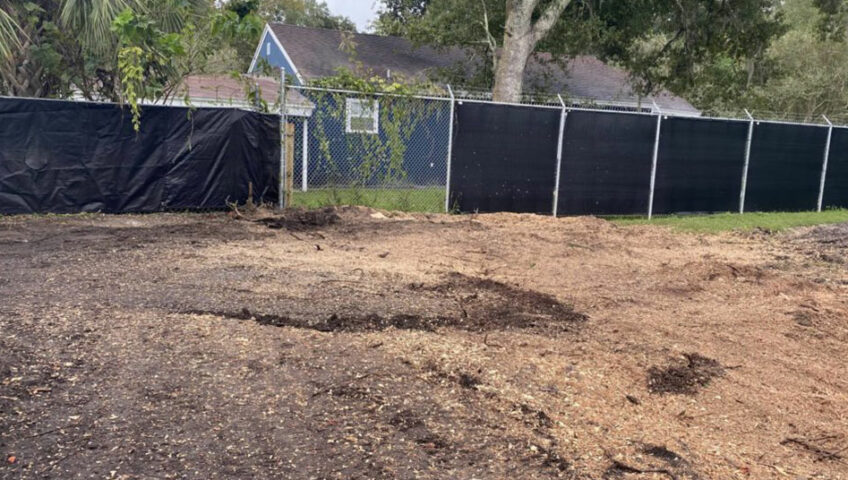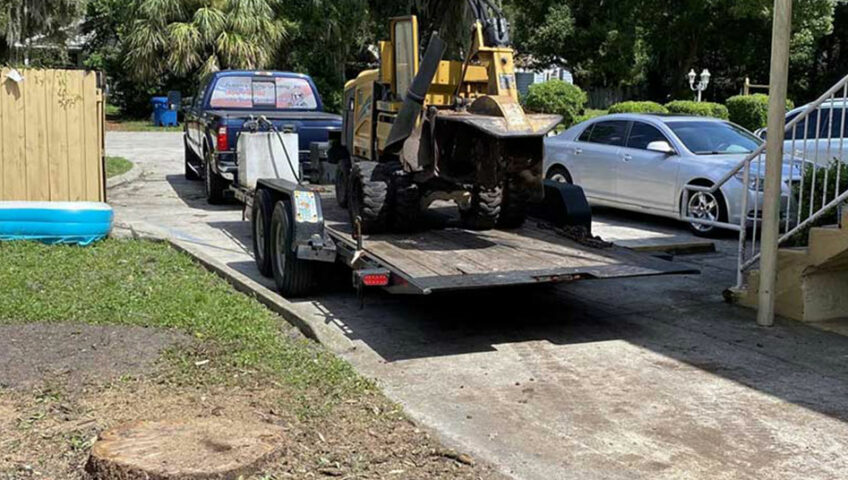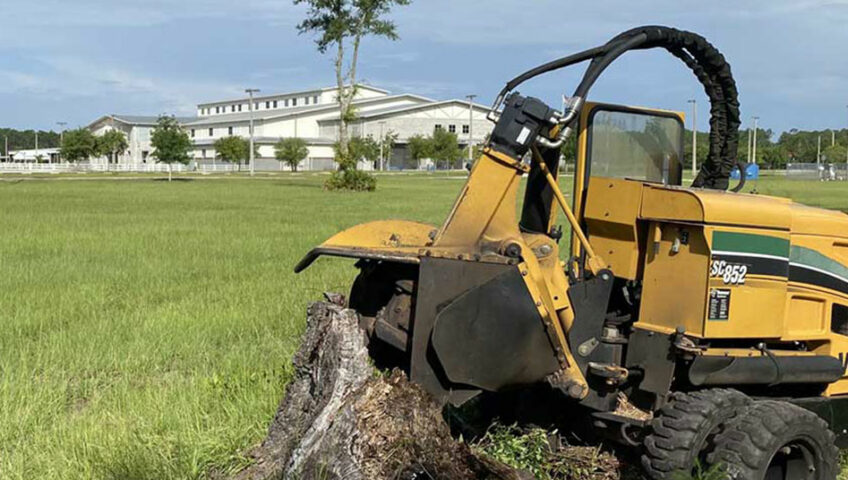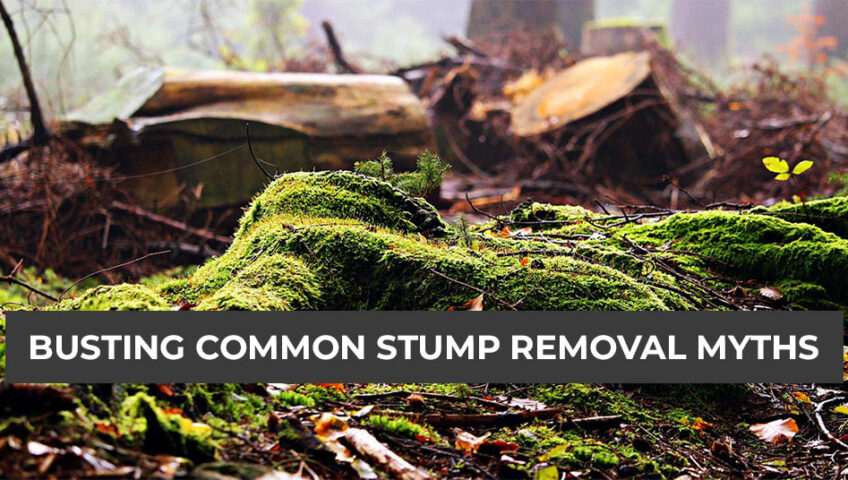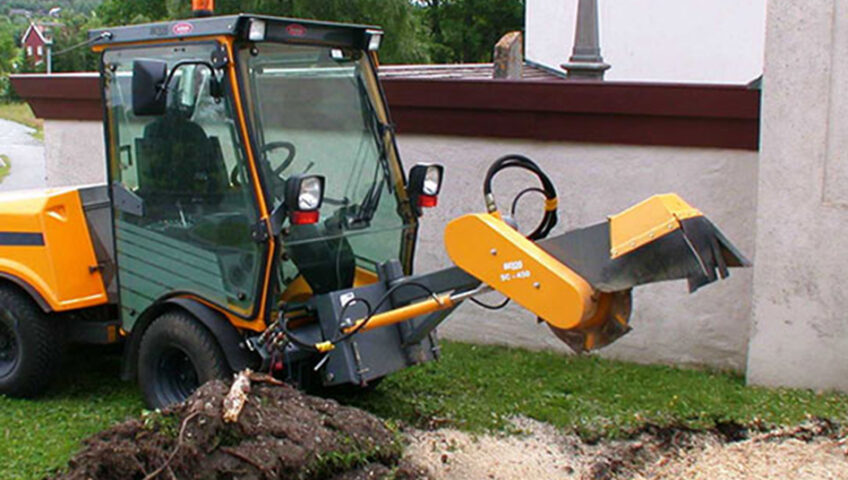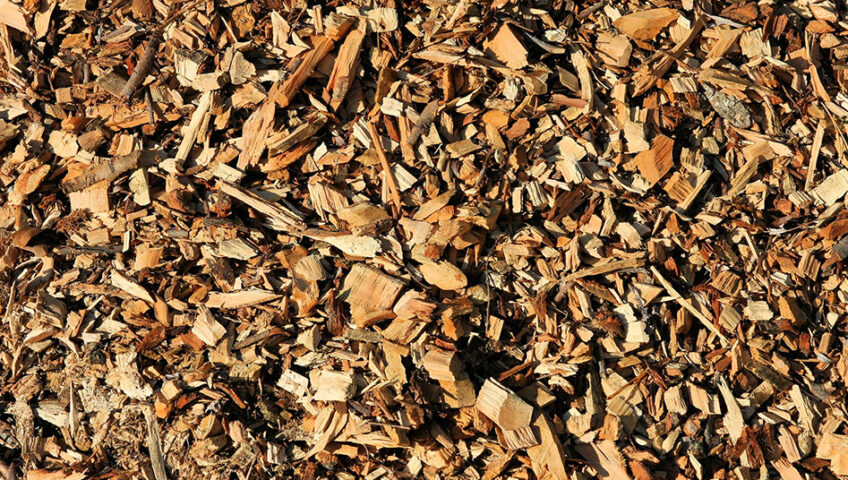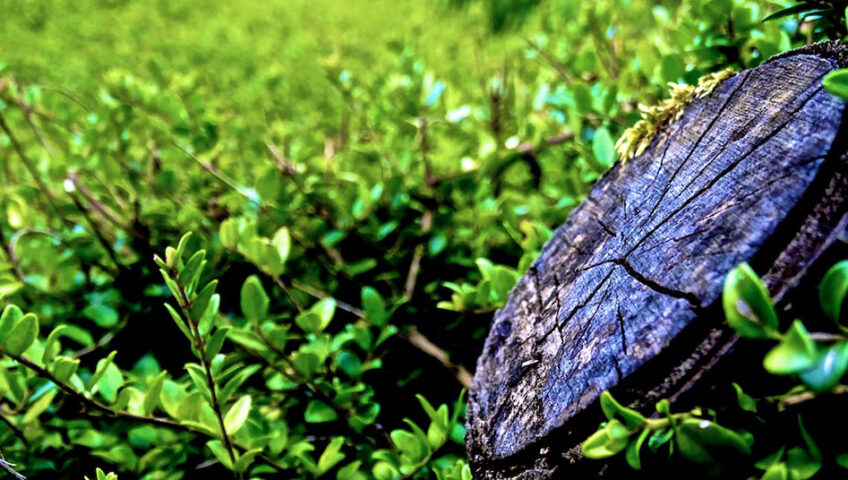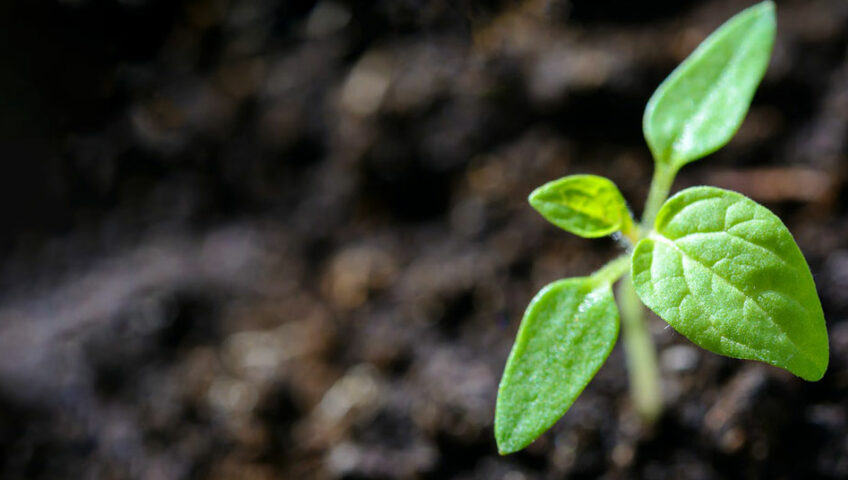
7 Tips for Tree Planting After Stump Grinding & Tree Removal
Once the tree stump is gone, a new chapter has begun in your landscaping journey. Once the stump grinding and tree removal are done, new trees are more of an opportunity to make your backyard alive again. In this blog we will discuss seven important tips for planting trees after stump grinding to be successful in the process.
- Choose the Right Tree Species:
One of the most important things to consider is choosing the right species of trees. Take into account the soil, temperature and potential sunlight. Select trees, which are conducive to your environment for the purpose of encouraging healthy growth. - Wait for the Right Time:
In terms of tree planting, timing is everything. The best time to plant new trees is the early spring or late fall when the weather is comfortable and the soil temperature encourages root development. It is advisable not to plant during periods of intense heat or severe cold, as these conditions cause stress in young trees. - Prepare the Soil:
Wood chips and debris are produced by stump grinding. Amend the soil with organic matter to increase fertility and drainage and clear the space. The prepared soil creates an appropriate condition for young roots of trees to anchor. - Provide Adequate Watering:
In order to have the roots well established, young plants need regular and sufficient watering. Ensure that you water your new trees regularly, especially during dry seasons. Water the tree using a soaker hose or drip irrigation to supply water at the base of the plant without dampening leaves. - Mulch for Moisture Retention:
Cover the area around the base of newly planted tree with mulch to help reduce moisture loss from the soil. Weeds are suppressed and soil temperature is regulated with mulch. Do not heap mulch next to the trunk, as such a condition can be beneficial for pests and diseases. - Protect from Wildlife and Lawn Equipment:
Wildlife, lawnmowers, and trimmers can easily damage young trees. Install some protective barriers such as tree guards in order to prevent the trunk from being attacked by deer and other animals. Further provide a buffer space around the tree to avoid mishaps in grass care. - Monitor for Signs of Stress or Disease:
Pay careful attention to any new trees you plant, closely monitoring for signs of stress or disease, insect infestation. Solve any problem immediately so that your trees can grow for years in a healthy state. With regular monitoring, you can intervene at an early stage and provide needed care.
Conclusion:
According to Stump Grinding Jacksonville, Tree planting may well be a reward in itself after the grinding and removal of stumps, which brings out beauty and life in your outdoor setting. If you follow these seven tips, your cultivation will prepare the ground for good tree growth resulting in a beautiful and healthy landscape that can be enjoyed for many years. Accept this chance to care for the new and watch as your thoughtfully selected trees mature in the space previously held by a stump that was removed.
